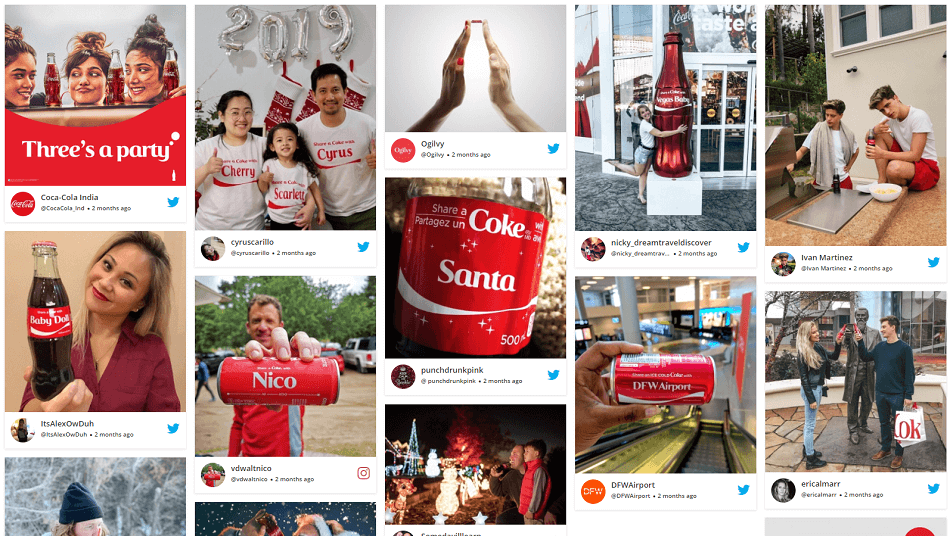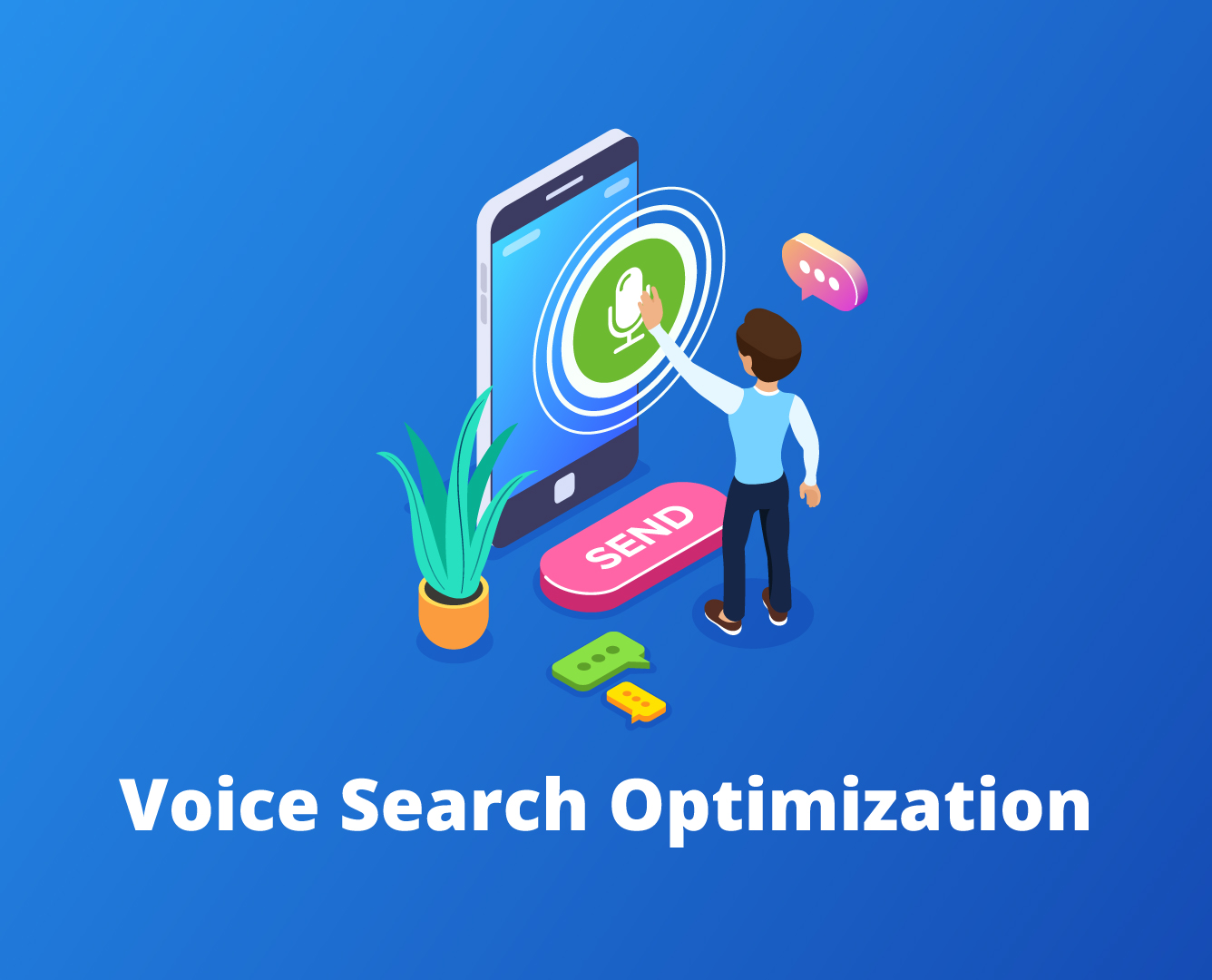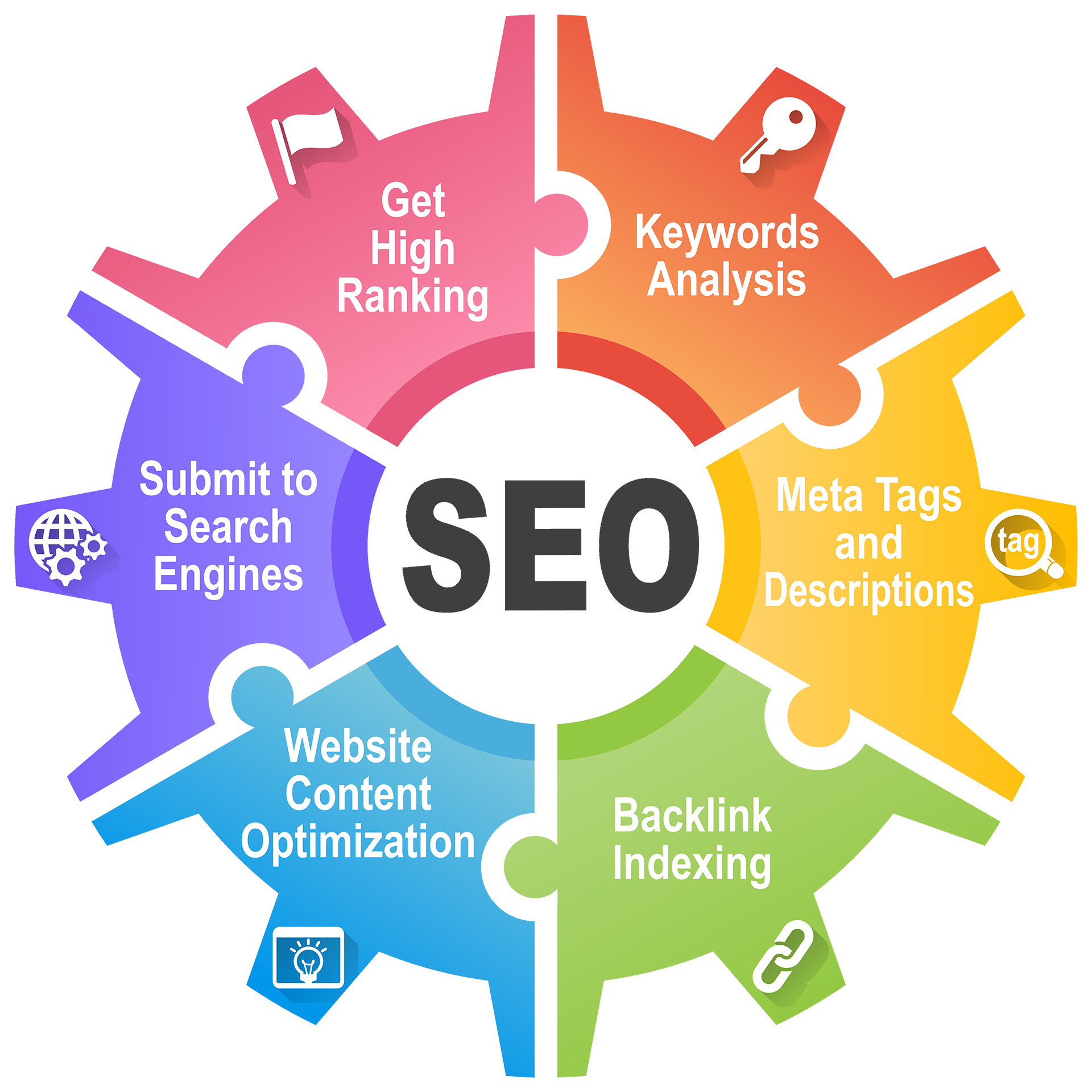Navigating the Digital Marketing Landscape: Trends, Strategies, and Case Studies
In today's digital age, staying ahead of the curve is crucial for brands looking to capture the attention of consumers in a crowded online marketplace. Digital marketing continues to evolve rapidly, with new trends and strategies shaping the way brands engage with their audiences. In this comprehensive guide, we will explore the latest digital marketing trends, delve into effective strategies for success, and showcase real-world case studies that exemplify innovation and impact.
Part 1: Digital Marketing Trends
1.1 Video Marketing:
- With the rise of video consumption across platforms like YouTube, TikTok, and Instagram, video marketing has become an essential component of digital strategies.
- Brands are leveraging short-form videos, live streaming, and interactive content to engage audiences and convey their brand message in a visually compelling way.
1.1.1 Short-Form Videos:

- Short-form videos, typically ranging from a few seconds to a few minutes in length, have become immensely popular among users on platforms like TikTok, Instagram Reels, and Snapchat.
- Brands are leveraging short-form videos to deliver quick, snackable content that captures attention and drives engagement. These videos often feature catchy music, eye-catching visuals, and entertaining or informative narratives.
1.1.2 Live Streaming:

- Live streaming allows brands to connect with audiences in real-time, fostering authenticity, interactivity, and engagement.
- Platforms like Facebook Live, Instagram Live, and Twitch enable brands to host live events, product launches, Q&A sessions, behind-the-scenes tours, and interactive tutorials, providing a direct and immediate way to engage with followers.
1.1.3 Storytelling and Brand Story Videos:

- Video storytelling enables brands to convey their brand story, values, and mission in a compelling and emotive way.
- Through brand story videos, brands can humanize their brand, evoke emotions, and establish a deeper connection with their audience. These videos often feature testimonials, interviews, customer success stories, and impactful visuals to convey the brand's narrative and purpose.
1.1.4 Educational and How-To Videos:

- Educational and how-to videos provide valuable information, tips, and tutorials to viewers, positioning brands as experts in their industry and offering solutions to common pain points or challenges.
- Brands can create instructional videos, product demonstrations, DIY tutorials, and troubleshooting guides to educate and empower their audience, building trust and credibility in the process.
1.1.5 User-Generated Content (UGC):

- User-generated content, created by customers or fans of the brand, can be a powerful asset for brands looking to harness the power of video marketing.
- Encouraging users to create and share their own videos featuring your products or brand experiences can amplify reach, authenticity, and engagement, while also fostering a sense of community and brand advocacy.
1.1.6 Measurement and Analytics:
- With the availability of advanced video analytics tools and platforms, brands can track and measure the performance of their video content to gain insights into audience engagement, retention, and conversion.
- Metrics such as views, watch time, engagement rate, click-through rate, and conversion rate can provide valuable data to optimize future video marketing efforts and drive better results.
By incorporating diverse types of video content into their digital marketing strategies, brands can captivate audiences, convey their brand message effectively, and drive meaningful engagement and conversions in today's visually-driven digital landscape.
1.2 Influencer Marketing:

Influencer marketing has emerged as a dynamic and impactful strategy for brands to connect with their target audiences through trusted personalities and content creators. With the rise of social media platforms and the decline of traditional advertising effectiveness, consumers increasingly turn to influencers for recommendations, advice, and inspiration.
1.2.1 Rise of Micro-Influencers:

- While macro-influencers with large followings continue to be popular choices for brands, micro-influencers have gained significant traction in recent years.
- Micro-influencers, who typically have smaller but highly engaged and niche audiences, offer brands the opportunity to reach specific demographic segments with authenticity and credibility.
- Brands are partnering with micro-influencers to tap into their loyal communities and drive meaningful engagement, conversions, and brand advocacy.
1.2.2 Authenticity and Trust:
- Authenticity is a key driver of influencer marketing success, with consumers gravitating towards influencers who share genuine experiences, opinions, and recommendations.
- Brands are prioritizing authentic partnerships with influencers whose values align with their own, enabling them to connect with audiences on a deeper level and build trust over time.
- Transparent disclosure of sponsored content and genuine endorsements are essential for maintaining credibility and fostering trust with audiences.
1.2.3 Diverse Content Formats:
- Influencer marketing encompasses a wide range of content formats, including sponsored posts, product reviews, unboxing videos, tutorials, and brand collaborations.
- Brands are leveraging influencers' creativity and expertise to co-create engaging and relevant content that resonates with their target audiences and aligns with their marketing objectives.
- Diversifying content formats allows brands to reach audiences across different platforms and cater to varying preferences and consumption habits.
1.2.4 Long-Term Relationships:
- Building long-term relationships with influencers can yield greater benefits for brands than one-off partnerships.
- Long-term partnerships enable brands to develop deeper connections with influencers, leverage their expertise and insights, and create consistent and cohesive brand messaging over time.
- By investing in ongoing relationships, brands can amplify their reach, maximize ROI, and foster brand advocacy among influencers and their followers.
1.2.5 Measurement and ROI:
- Measuring the effectiveness and ROI of influencer marketing campaigns is essential for optimizing performance and demonstrating impact.
- Brands are leveraging data analytics, tracking tools, and key performance indicators (KPIs) to monitor campaign performance, track engagement metrics, and attribute conversions and sales to influencer collaborations.
- By analyzing campaign data and insights, brands can refine their influencer marketing strategies, identify top-performing influencers, and allocate resources effectively to drive measurable results.
In conclusion, influencer marketing continues to be a powerful strategy for brands to engage with consumers authentically, drive brand awareness, and generate meaningful results in the digital landscape. By embracing the rise of micro-influencers, prioritizing authenticity and trust, diversifying content formats, fostering long-term relationships, and measuring ROI effectively, brands can unlock the full potential of influencer marketing and achieve their marketing objectives in today's competitive marketplace
1.3 Personalization:
- Personalized marketing experiences are increasingly important for capturing consumer attention and fostering brand loyalty.
- Brands are leveraging data analytics, AI, and machine learning to deliver tailored content, product recommendations, and communications based on individual preferences and behaviors.
1.4 Voice Search Optimization:

- With the growing popularity of voice-activated devices like smart speakers and virtual assistants, optimizing for voice search has become a priority for brands.
- SEO strategies are evolving to incorporate conversational keywords, natural language processing, and local optimization to improve visibility in voice search results.
1.5 Augmented Reality (AR) and Virtual Reality (VR):

- AR and VR technologies are transforming the way brands engage with consumers by creating immersive and interactive experiences.
- From virtual try-on experiences for beauty and fashion brands to AR filters on social media platforms, brands are leveraging AR and VR to enhance engagement and drive conversions.
Part 2: Digital Marketing Strategies
2.1 Content Marketing:

- Content remains king in the digital marketing landscape, serving as the foundation for engaging and valuable customer experiences.
- Brands are investing in high-quality, relevant content across various formats and channels, including blog posts, videos, podcasts, and social media posts, to attract and retain audiences.
2.2 Social Media Marketing:

- Social media platforms continue to be key channels for brand building, customer engagement, and community building.
- Brands are adopting a multi-platform approach, creating diverse content tailored to each platform's audience and features, and leveraging paid advertising to expand reach and engagement.
2.3 Search Engine Optimization (SEO):

- SEO remains essential for improving visibility and driving organic traffic to websites.
- Brands are focusing on technical SEO, content optimization, and user experience improvements to enhance search engine rankings and increase website authority.
2.4 Email Marketing:

- Email marketing remains a cost-effective and high-impact channel for nurturing leads, driving conversions, and building long-term relationships with customers.
- Brands are personalizing email content, automating campaigns, and optimizing for mobile devices to improve open rates, click-through rates, and conversion rates.
2.5 Data-driven Marketing:

- Data analytics and insights play a crucial role in informing digital marketing strategies and driving results.
- Brands are leveraging customer data to gain actionable insights, optimize campaigns in real-time, and measure performance against key metrics.
Part 3: Case Study: Nike's Digital Marketing Success
3.1 Background:
- Nike, a global leader in athletic footwear and apparel, has embraced digital marketing to engage with consumers and drive sales.
3.2 Strategy:
- Nike's digital marketing strategy focuses on creating immersive and interactive experiences across multiple digital channels.
- The brand leverages social media platforms, influencer partnerships, and innovative campaigns to connect with audiences and reinforce its brand identity.
3.3 Example:

- Nike's "Just Do It" campaign, launched in partnership with Colin Kaepernick, sparked widespread conversation and engagement on social media, driving brand awareness and loyalty.
- The campaign's bold messaging and powerful imagery resonated with Nike's target audience, leading to increased brand sentiment and sales.
Conclusion:
As digital marketing continues to evolve, brands must stay agile and innovative to capture the attention of consumers in an increasingly competitive landscape. By embracing emerging trends, implementing effective strategies, and leveraging case studies of success, brands can navigate the digital marketing landscape with confidence and drive meaningful results for their business.
Comments
Post a Comment